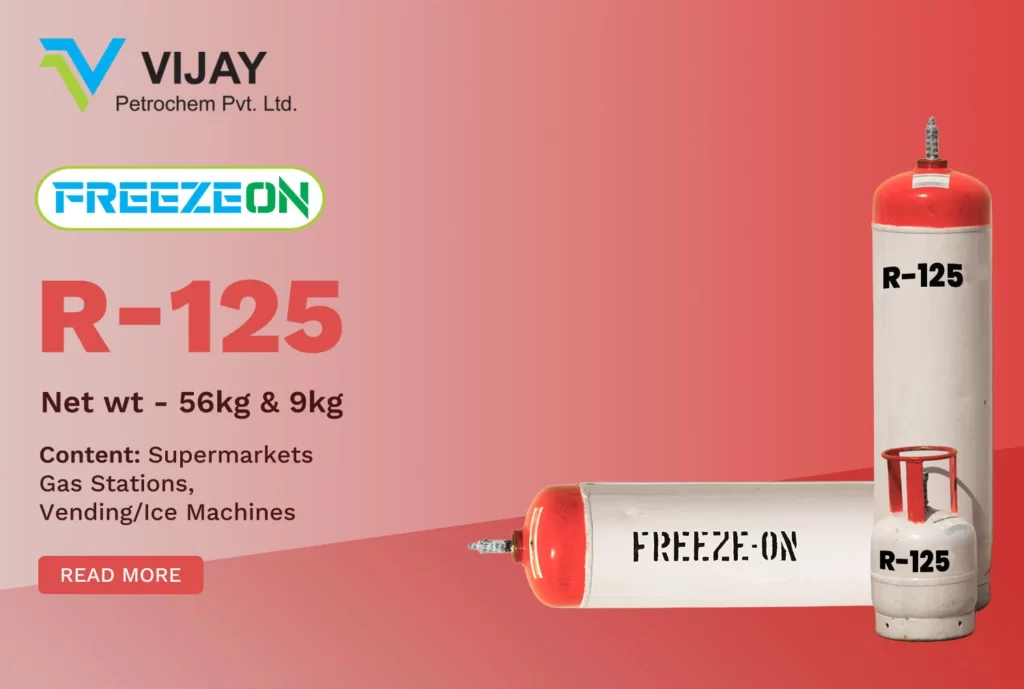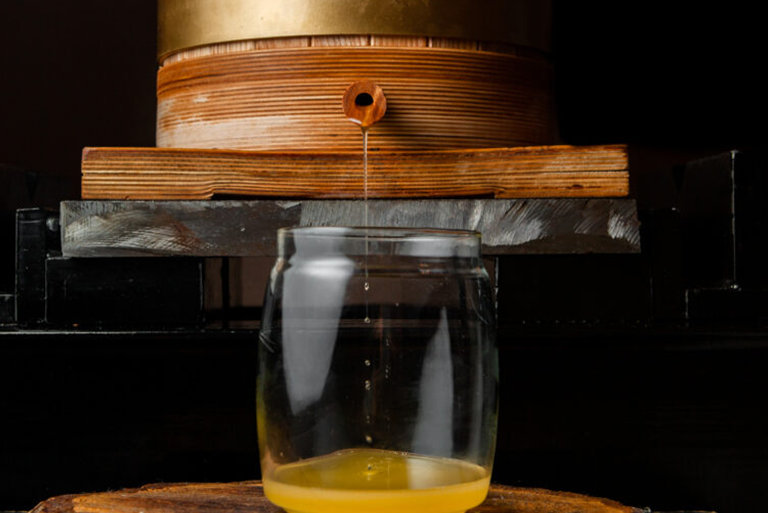
R-125 REFRIGERANT
R-125 is one of the most common refrigerants across the world yet so many people have never heard of it. While it is rare to find a direct R-125 refrigerant application, it is very common to find some of the blended refrigerants that R-125 contributes to.
R-125 REFRIGERANT
R-125 is one of the most common refrigerants across the world yet so many people have never heard of it. While it is rare to find a direct R-125 refrigerant application, it is very common to find some of the blended refrigerants that R-125 contributes to.

MAIN APPLICATIONS
- Supermarkets
- Gas Stations
- Vending/Ice Machines
MAIN PROPERTIES
| Boiling Point | -48.5°C (-55.4°F) |
| Critical Temperature | 66.18°C (151.124°F) |
| Critical Pressure | 3,629 kpa |
| Molar Mass | 120.02 g/mol |
| Density | 1.53 g/cm3 (liquid at -48.5 °C)[1] |
| Melting Point | −103.0 °C (−153.4 °F; 170.2 K) |
| Vapor Pressure | 1414.05 kPa (at 25 °C) |
PERFORMANCE
The ever popular R-410A and R-404A are blended HFC refrigerants and one of the ingredients in both of these blends is R-125. Along with these there are a variety of other refrigerants comprised of R-125. So, while you may not actually see R-125 in a direct use application you will see it’s blended version of 410A, 404A, and other refrigerants in nearly every modern application


Lubrication
Polyolester (POE) or polyalkylene glycol (PAG – only for auto A/C) lubricants must be used with 125a since it is not miscible with mineral oil or alkylbenzene lubricants. POE or PAG oil absorb moisture quickly when left exposed to the atmosphere. Handle them carefully and avoid prolonged exposure to air.
Charging
Charging with 125 can be done either as a vapor or a liquid. End – users should check with their equipment manufacturer’s guidelines for specific charging instructions.


Deliveries
- Non-ozone depleting refrigerant.
- Efficient refrigerant in various air conditioning and medium temperature refrigerant applications.
- One of the components of fluoro refrigerant blends (410C,404A).
BECOME PART OF OUR STORY
We value your idea of your goals and expectations. In order to deliver a really distinctive and remarkable experience, we collaborate while listening.
